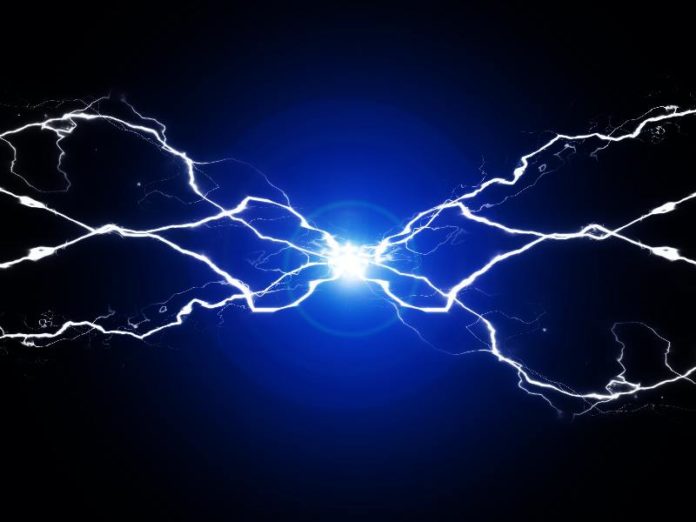
Image: 123rf
The Barometer, released by Eurelectric, sector association representing the common interests of the European electricity industry, illustrates the association’s data crunch on trends in the industry.
The report finds positive trends have been emerging in major oil and gas consuming sectors – in 2021 the electric powertrain represented 18% of new vehicle sales and heat pump sales grew by 25% to reach 2 million units.
Accelerating the electrification of transport, responsible for 63% of imported oil, as well as that of buildings and industries, representing 57% of gas demand, is critical to reducing fossil fuel imports.
To keep up with power demand, annual investments in both generation and distribution grids need to rise above €135 billion ($135.2 billion), a significant increase compared to today. Reducing energy demand in households as well as industry will be indispensable to address soaring prices as well as energy shortages.
Meeting climate targets
Eurelectric‘s report looks to six essential criteria to meet 2030 climate targets:
1. Decarbonise faster
Which extends to adopting an electrification strategy, addressing permitting barriers, tackling critical materials supply chain issues and anticipating workers’ skill gaps.
2. Electrify now
Including buildings, transport and industry to reduce dependence on fossil fuels. This also relates to deploying heat pumps, electrolysers, smart chargers and storage solutions to unlock demand side flexibility.
3. Strengthen grids
Which encompasses boosting investments, modernising tariffs, ensuring access to EU funds and reinforcing grid infrastructure to integrate decentralised energy resources.
4. Secure investment
Which involves deepening the EU competitive electricity market, ensuring long-term investment signals and tackling gas prices and distortive market investments.
5. Protect customers
Energy vouchers, VAT reductions and energy efficiency incentives can be adopted to mitigate the price surge’s impact while ensuring sufficient gas storage and supply diversification.
6. Save energy
Business requires incentivisation to reduce energy demand through tenders, interruptible contracts and demand-side flexibility while raising awareness and support for citizens to save energy via retailers.
Electrification
The Barometer elaborates on the importance of electrification for Europe to reach its net zero targets – although electrification rates are still too low, going faster is key and is very much possible; the European economy could be 34% electrified by the end of the decade.
The Barometer looks at electricity as filling an important role for decarbonising heating and cooling, in particular, through heat pumps.
Heat pump stock should reach 50 million by 2030 to meet Europe’s decarbonisation goals and benefit from significant efficiency gains compared to oil or gas heating alternatives.
Electrification can also lower the continent’s reliance on Russian fuels and boost its energy security. 57% of gas consumed by buildings and industries for hot-water, space and process heating systems can be replaced with heat pumps and electric arc furnaces.
Investment in distribution grids
More investment into distribution grids is called for between 2030 and 2050 to ensure modern systems to support the energy transition.
Smart investment will support the power system of the future, enabling demand-side flexibility and bolstering the deployment of heat pumps, electrolysers, smart charging infrastructure and storage solutions.
These will empower customers to play an active role in the energy transition, and move beyond oil and gas.
E-Mobility
63% of imported oil goes to the transport sector, 48% to road transport alone, and e-mobility has a huge potential to displace this.
The Barometer finds that this can be reached if government policy empowers the spread of charging infrastructure via ambitious deployment targets. This will foster the ramp-up of electric vehicles and infrastructure across the EU, improve people’s access to e-mobility and ensure a just transition.
Additionally, an eleven-fold increase for electric vehicle chargers by 2030 is required to keep up with EV growth rate.
And as most charging stations are concentrated in a few EU countries, namely the Netherlands, Germany, France and Italy, this infrastructure should be deployed across Europe to make sure no region is left behind.